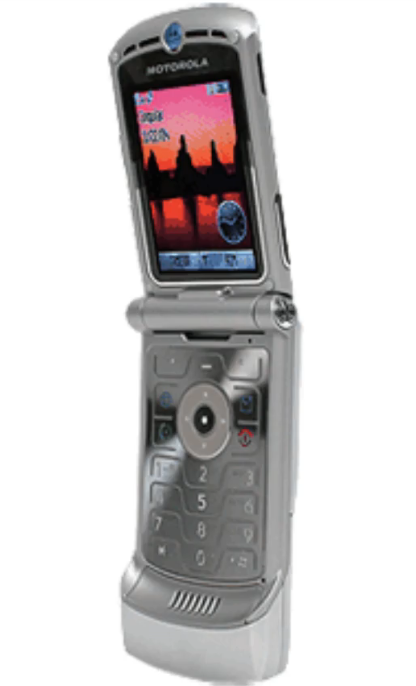Motorola RAZR V3 - The Phone That Defined a Generation
A Design Icon Reshapes Mobile Phone Industry - 2004
Working at Motorola’s Design Center in Singapore (Ang Mo Kio), I had the privilege to be part of the team that brought the Motorola RAZR V3 to life. This wasn’t just another phone—it was a cultural phenomenon that redefined what people expected from mobile devices.

The Revolutionary Phone
The RAZR V3 launched in 2004 and became an icon:
- Ultra-thin clamshell design (21.3mm when closed)
- Bright 2.2" display with innovative menu interface
- Premium stainless steel construction
- 2-megapixel camera (significant for the time)
- Industrial design that won multiple awards
- Became the best-selling mobile phone of all time
My Role - Quality Assurance, Factory Integration & Embedded Systems
At Singapore’s Design Center, working on the RAZR V3 was incredibly exciting:
Quality Assurance (QA)
- Intensive durability testing of the innovative hinge mechanism
- Testing thousands of clamshell open/close cycles to ensure reliability
- Display quality and color accuracy validation
- Thermal stress testing for the powerful processor
- Environmental and drop testing for the premium materials
- User interface responsiveness and performance validation
Factory Integration
- Coordinating with manufacturing facilities on precision assembly
- Testing production firmware across manufacturing lines
- Validating yield rates and quality metrics
- Establishing manufacturing procedures for the complex hinge mechanism
- Working with quality gates to maintain RAZR’s premium positioning
Embedded Systems
- Testing the proprietary Linux-based OS and custom firmware
- Performance optimization for the advanced 2-megapixel camera system
- Battery management and power efficiency validation
- Debugging UI responsiveness and animation performance
- Stress testing multimedia capabilities (music, video playback)
Cultural Impact
The RAZR V3 became the defining phone of the mid-2000s—a status symbol that influenced design across the entire industry. My work ensuring its quality and reliability was part of creating a device that people didn’t just use, but loved.
This project demonstrated how rigorous testing and manufacturing excellence could support bold industrial design. The RAZR taught me that in mobile devices, the intersection of design, engineering, and quality is where magic happens.